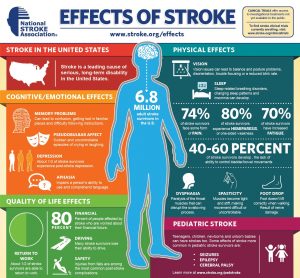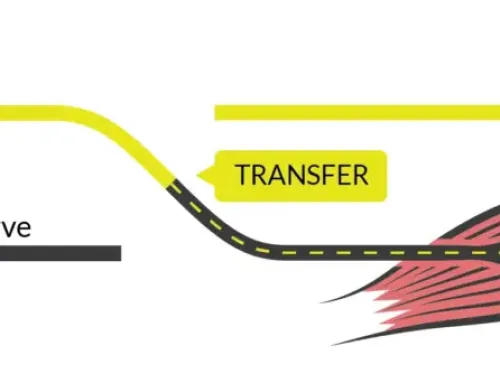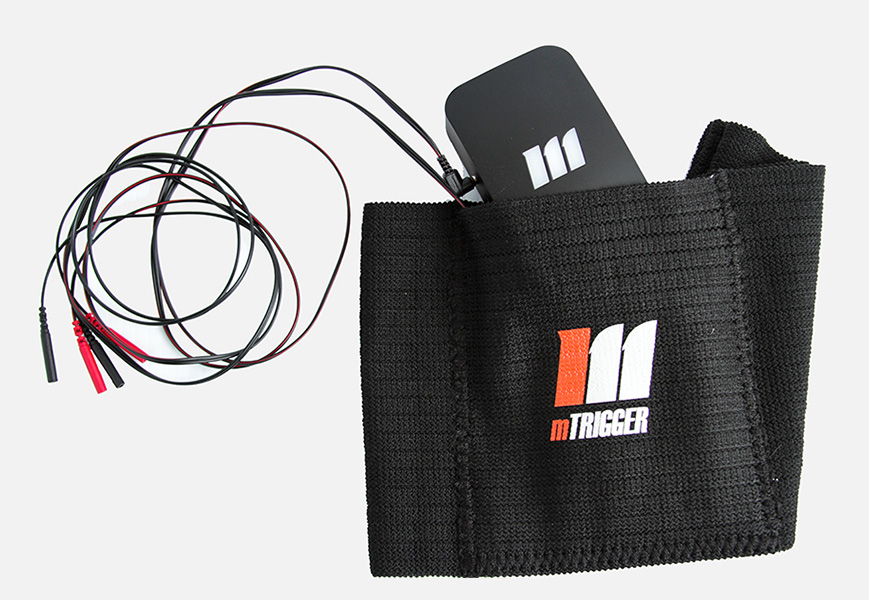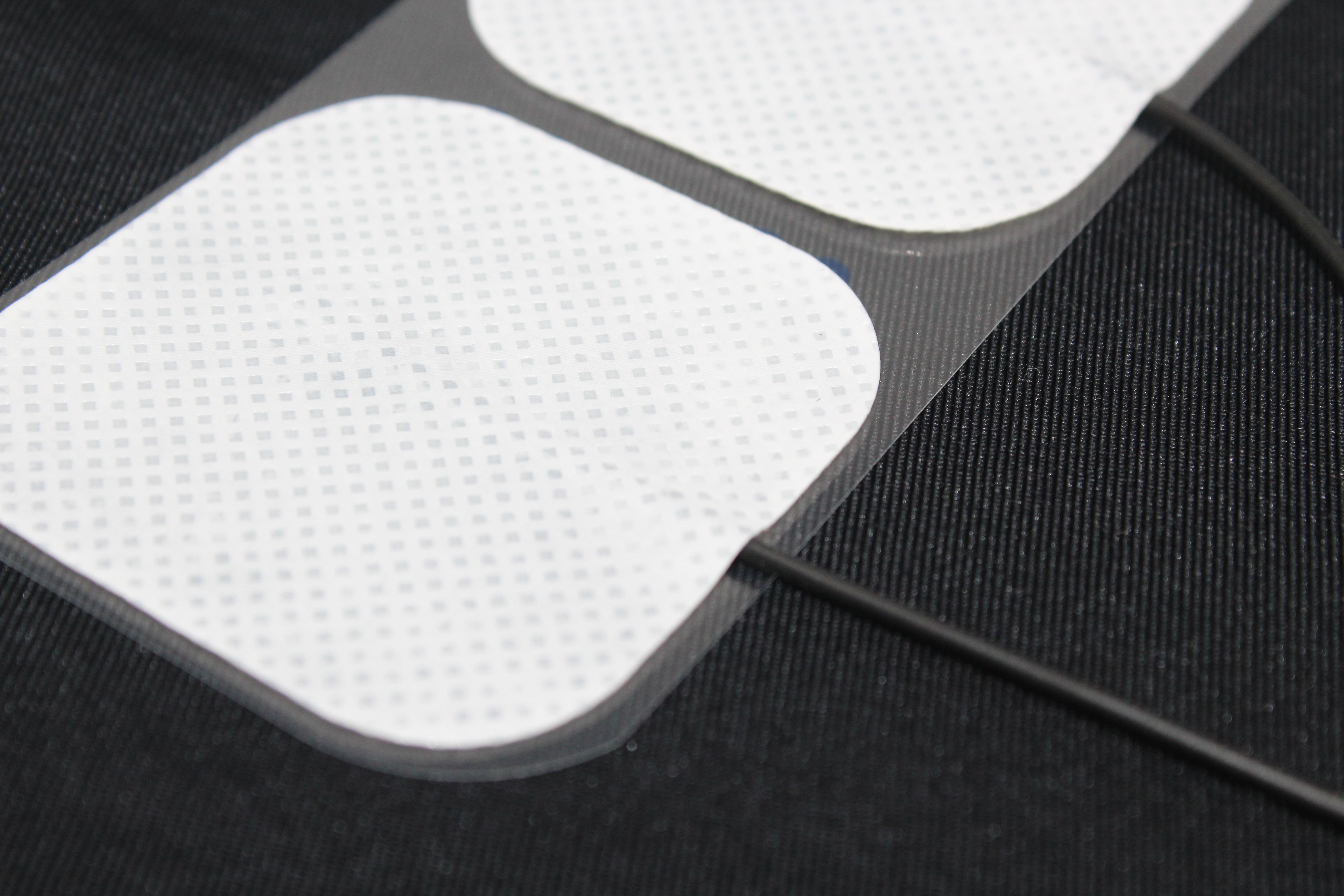mTrigger Biofeedback as an Occupational Therapist for Cerebral Vascular Accidents
Article Author: Jim Wagner OTD, OTR/L, CHT, COMT, CSCS
The deleterious effects of cerebral vascular accidents (CVA) across the globe are significant.(1) Stroke centers which include acute access to care, early identification systems, and comprehensive rehabilitation programs have been the front line in taking on this worldwide phenomenon. Much has been done in
the effort to combat CVAs from the preventative standpoint such as weight management, healthy lifestyle choices which include diet, exercise, stress management, and smoking cessation.(2) Despite our progress we are still left with many times lifelong permanent cognitive and physical challenges. These burdens are not only costly financially but most importantly psychologically to the loved ones who have been affected.
So, what can be done?
Clinical Application
Rehabilitation is an integral part of the recovery process of a person affected by this diagnosis.(3) Physical, Occupational therapy, Nursing, Physiatry, Social work and Psychology play a huge role in the overall health and wellbeing of both the individual and the family involved. Over many years we have seen many treatment interventions and treatment modalities utilized to facilitate recovery. In my humble opinion the greatest thing we can do as clinicians is to help “facilitate” the mind body connection damaged after the damage has been done. Through visualization, motor imagery, and a relatively “new” term called gamification making this connection can be helpful. Adding biofeedback to these concepts helps complete the experience.
Post-stroke recovery must include many modalities based on a case-by-case basis via a strong clinical evaluation .(4) Using mTrigger biofeedback has helped to bridge the gap between visualization, motor imagery, and gamification in one simple yet effective package. By sensing the neural activity between each electrode, setting a target for activation, providing auditory and visual feedback this allows the patient to engage both cortical involvement and local motor units which encompasses the whole person.
The following video is an example of an individual focusing on regaining hand strength after an insult utilizing some of the above stated strategies.
Note: Written and verbal permission to video and photograph has been obtained
A multimodal approach in these cases is needed. Stimulating the peripheral and the central nervous system is a more comprehensive approach and lots of fun for the patient as well! When the mind is engaged the body must follow! We must help the individual understand that there is no cookbook to recovery from a CVA and each person’s recovery is different. Adding mTrigger biofeedback to the bag of tools for this population is indispensable. Integrating the neurocognitive, psychosocial and biomechanical approach to the individual care builds a deep therapeutic relationship built on trust, realistic expectations, and perseverance.
Biofeedback for Occupational and Hand Therapy
|
Using mTrigger Biofeedback for Drop Foot
|
References
- Almhdawi, K. A., Mathiowetz, V. G., White, M., & delMas, R. C. (2016). Efficacy of occupational therapy task‐oriented approach in upper extremity post‐stroke rehabilitation. Occupational therapy international, 23(4), 444-456.
- Pandian, J. D., Gall, S. L., Kate, M. P., Silva, G. S., Akinyemi, R. O., Ovbiagele, B. I., … & Thrift, A. G. (2018). Prevention of stroke: a global perspective. The Lancet, 392(10154), 1269-1278.
- Stinear, C. M., Lang, C. E., Zeiler, S., & Byblow, W. D. (2020). Advances and challenges in stroke rehabilitation. The Lancet Neurology, 19(4), 348-360.
- Thayabaranathan, T., Kim, J., Cadilhac, D. A., Thrift, A. G., Donnan, G. A., Howard, G., … & Olaiya, M. T. (2022). Global stroke statistics 2022. International Journal of Stroke, 17(9), 946-956.
Images
- www.stroke.org/effects









Leave A Comment